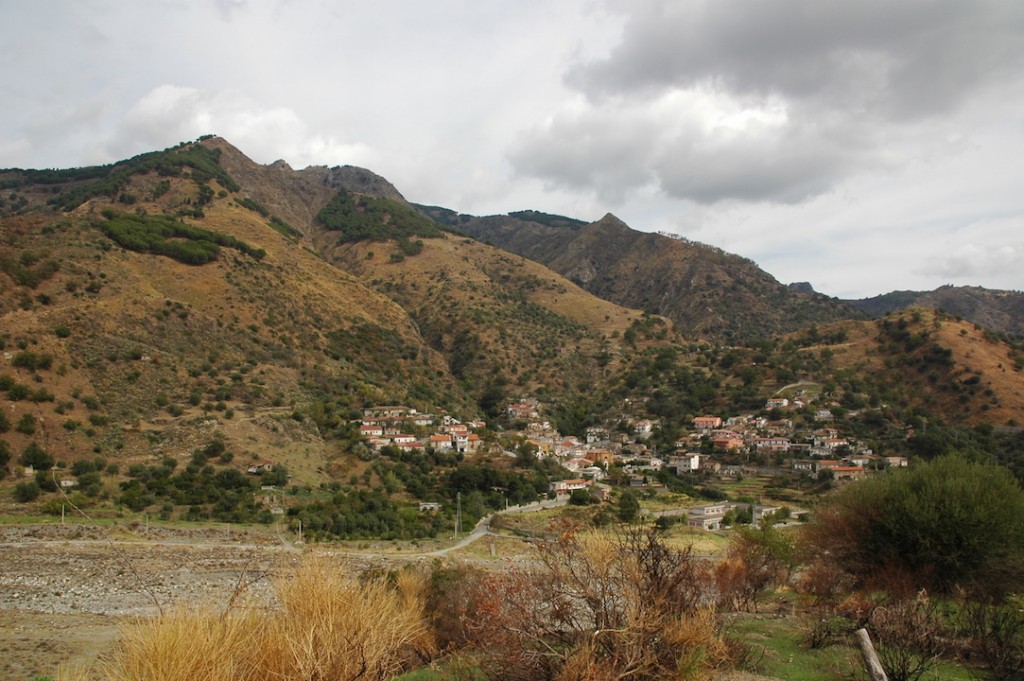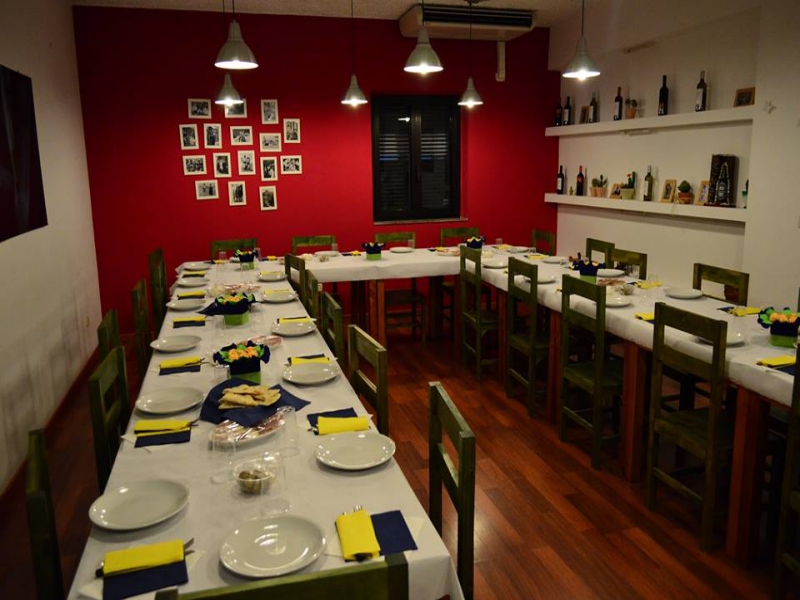Pameka
Disponibilita Camere
Camere
Non ci sono camere disponibili
General Info
Pameka is the Graecanic Area’s first short food-chain Pizzeria where some of the food served (like its short food-chai hors d’oeuvres, pizzas, salads) use local and regional ingredients only. The dough used for the pizzas is a skilful blend of flours, made by our master pizza baker who makes digestible, light and very tasty pizzas. Pameka also caters for people with particular dietary needs, like coeliacs or the lactose intolerant.
Check-in
Check-out
Servizi
 Restaurant
Restaurant
Condofuri

Tarantella, the Greek language and bergamot, these are three of the elements that make Condofuri one of the most characteristic towns of Greek Calabria.
Condofuri is a complex locality, a compound of several villages and hamlets, each with its own history and traditions: Condofuri Superiore and Condufuri Marina, San Carlo, Amendolea and Gallicianò.
The main nucleus of Condofuri (“Condochùri”) is that along the coast (Condofuri Marina), although some of its administrative offices are located in Condofuri Superiore. Its position, once marginal compared to Amendolea and Gallicianò, as its name “Condo-Churi” (“near the village”) suggests, is changing thanks to today’s tendency to settle inland, whereas, until recently, people were inclined to abandon the hinterland and move to the coast.
THE NAME
Koundouroi is mentioned for the first time in a mid-eleventh-century Byzantine land-registry document. The name of the town comes from the Greek Kontochori, meaning “lower village” or “village near the town” with reference to Bova or Gallicianò.
TOWNLANDS AND LOCALITIES
Amendolea, Barone, Carcara, Condofuri Marina, Gallicianò, Grotte, Lapsé, Limmara, Lugarà, Mangani, Muccari, Pietra, Plembaci, Rodì, Rossetta, San Carlo, Santa Lucia, Schiavo.
HISTORY
According to tradition, Condofuri was founded by the inhabitants of Gallicianò. This theory is confirmed by a report of 1754 in which the local bishop, Monsignor Morabito, points out that the church at Condofuri is devoid of a parish priest because, being as it is a “not very old colony” of Gallicianò, the hamlet depended on the town as far as the care of spiritual matters were concerned, also.
However, scholars trace the origins of the hamlet of Condofuri back to the period of Roman domination.
The village of Amendolea seems to have been founded to act as a bulwark to defend the borders of the Locri area. In the Middle Age, it enjoyed a certain commercial and military prestige due to its strategic position. Abandoned after the 1908 earthquake, the historic Amendolea was rebuilt as a small agro-pastoral hamlet at the foot of the huge rock formation on which the ruins of Castle Ruffo stand.
EXPLORING THE HISTORIC CENTRE
At 300 metres above the sea, this small town is surrounded by practically untouched countryside, crossed by the imposing Amendolea River. The ancient roadway to the Aspromonte can still be covered today on foot as far as the stunning Maesano waterfalls. The once majestic hamlet is currently inhabited by a mere handful of elderly people. Its magnificent church, dedicated to Saint Dominic [San Domenico], contains numerous important wooden sculptures dating from the sixth to the twentieth centuries.
The centre of Condofuri is truly unique, with its houses and streets arranged in tiers and alternating terraces and flower-filled balconies.
The parish church, founded many centuries ago, is well worth a visit. It houses numerous works by local artists, while the Amendolea Castle, visible from the main road, features crenelated walls and the remains of a tower, which according to legend, once contained the entrance to a secret passageway leading to the hamlet of San Carlo di Condofuri.
Particularly worthy of attention is Gallicianò, the area’s only completely Greek-speaking village – although the language spoken here is limited, more and more, to the community only. Gallicianò is renowned throughout the area for the way it cherishes and clings to not only the language but also to its traditional Hellenistic musical, gastronomic and religious customs. Here, in 1999, the small Orthodox church of Panagia tis Elladas (Our Lady of the Greeks) was opened. The church, in typical peasant style, was built by the architect Domenico Nucera (known as Mimmolino the Artist) who renovated a stone house in the upper sector of the town and opened it for worship as tangible proof of a renewed ecumenical climate and a return of Orthodox Christianity to ancient Greek places of worship.
The main nucleus of Condofuri is situated on the coast (Condofuri Marina), although some of its administrative offices are in Condofuri Superiore.
Condofuri Marina and its beaches are populated in summer by a considerable number of tourists. We should not forget that the Graecanic Area is an ideal destination for those who love the sea and the mountains, as both are only a few kilometres apart.
THE GRAECANIC TARANTELLA
The mainstay of the Graecanic tarantella is the tambourine that here takes centre stage, and not only as an accompanying instrument. This traditional dance is part of Graecanic tradition, a performance whose profound roots go back to antiquity.
Continua a leggere







